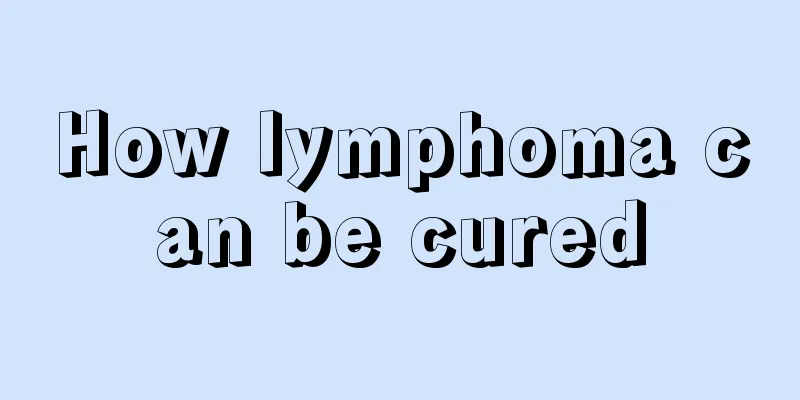How to test the water quality of water purifier?

|
Water purifiers can be seen in many public places. In addition, many families now have water purifiers installed. Here we remind everyone to purchase regular and qualified water purifiers to ensure the safety of the water quality. In addition, the water quality of the water purifier must be tested regularly to avoid harm to human health. So how do you test the water quality? How to test the water quality of the water purifier: 1. Detection of residual chlorine in water: First prepare the residual chlorine tester, and then prepare two cups of 15ML water, one cup is purified water and the other is ordinary tap water. Add 2 drops of residual chlorine tester to each cup of water, and the color of the water will change. There is a residual chlorine color comparison card on the instruction manual of the residual chlorine tester. Find the corresponding color pattern according to the color of the water to know the residual chlorine content. You can also compare the colors of the two cups of water. The darker the color, the higher the residual chlorine content. 2. Detection of organic matter, bacteria and viruses in water: It is not just residual chlorine that affects water quality, but more importantly, pollution such as organic matter and heavy metals. To detect whether these pollutants have been removed by the water purifier, a water electrolyzer is needed. Similarly, prepare two cups of water, one for purified water and the other for tap water. Then put the aluminum rod and iron rod of the water electrolyzer into the water, plug in the power and press the switch. Turn on the power for about 0.5-1 minute, then disconnect the power. You will find that the color of the two cups of water has changed. The lighter the color of the water, the better the water quality, and vice versa. You can also compare the color of the water with the color on the electrolyzed water quality manual to determine which impurities are more abundant in the water. 3. TDS value detection: There is also a tool on the market for testing water quality - TDS pen. Let's first understand the concept of TDS. TDS is the total amount of dissolved solids, measured in mg/L. The more solids dissolved in water, the higher the TDS value of the water and the worse the water quality. The TDS value of water is usually tested with a TDS pen. It is very easy to use. Just insert the pen tip into the water, and after the value on the electronic display stabilizes, press and hold the HOLD button. The lower the number, the purer the water. Generally, the TDS value of water filtered by a water purifier is about 20. If it is too high, it is abnormal. It may be due to the failure of the water purifier or the quality problem of the TDS pen. Note: Both of the above tools for testing water quality can be purchased online. You can buy them when you buy a water purifier. When testing water quality, you should test it after using the water purifier normally for about a week, which will be more accurate. You can also test the water quality every once in a while to see if the water purifier filter needs to be cleaned or replaced. |
<<: How to measure water hardness?
>>: Muscle inheritance probability
Recommend
What are the specific clinical symptoms of kidney cancer
In recent years, kidney cancer has become one of ...
Can frozen crabs be eaten
Speaking of crabs, people should be very familiar...
What are the effects of taking nitric oxide capsules?
Medicines are the basic substances for treating d...
Why do liver cancer patients have repeated fevers? How should we care for liver cancer patients?
Liver cancer is prone to cancer fever, which is m...
How to make a homemade barbecue grill
In life, many people like to eat barbecue, but th...
What is the cause of thigh root pain
At present, in daily life, we often find thigh mu...
Can cervical cancer be spread through ordinary contact?
Women are prone to various diseases. According to...
How to treat autoimmune thyroiditis
The treatment of autoimmune thyroiditis must of c...
How to choose a hospital for colon cancer treatment
Colon cancer may not have any symptoms in the ear...
Wind oil essence to remove stains
Fengyoujing is a medicine that is often used in l...
Children's cough syrup
When the human body has sore throat and cold symp...
Will brain cancer cause the skull to deform?
I have symptoms such as dizziness and tinnitus. T...
The most effective method and type of enema detoxification
If people want to stay healthy, they must excrete...
How should lung cancer be treated? Summary of 4 common treatment measures for lung cancer
Lung cancer seriously endangers our physical and ...
3 dietary treatments for lymphoma
During the treatment period, patients with lympho...









